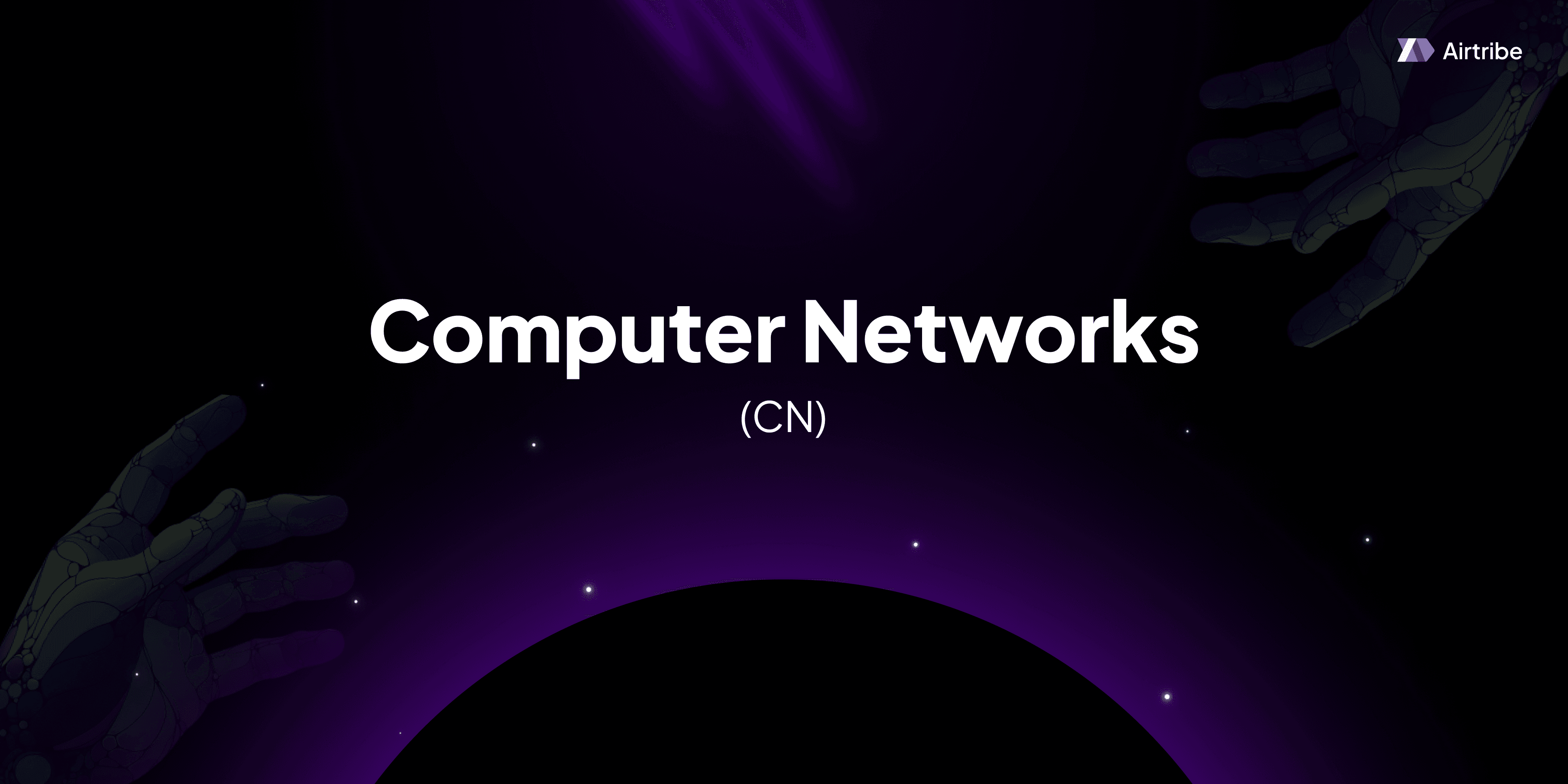Gateway and Router

Overview of Network Layer Devices
In the world of computer networks, the choice and application of various networking devices are dictated by their functionalities and the layers they operate on. Among these devices, gateways and routers occupy a pivotal space, primarily functioning at the Network Layer of the OSI model. This article delves into the intricate details of gateways and routers, examining their roles, operations, and distinctions in managing data traffic across networks.
Core Concepts and Theory
Understanding the Network Layer
The Network Layer, the third layer in the OSI model, is responsible for packet forwarding including routing through different routers. It's the critical layer that handles addressing, segmentation, error handling, and the determination of the optimal path across systems and networks. Let's dive deeper into what distinguishes gateways and routers, each fundamentally associated with network-layer operations.
Routers
Routers are specialized networking devices that determine the most efficient routing path for data packets across a network. They do this by using routing tables, protocols (such as RIP, OSPF, or BGP), and subnet addresses. The fundamental purpose of a router is to connect multiple networks, make sense of the network's topology, and manage traffic between them seamlessly.
Key functions of routers include:
- Packet Forwarding: Directing data packets towards their destination address.
- Routing: Computing the best possible path for packet traversal based on known network topologies and metrics.
- Traffic Management: Prioritizing and optimizing the flow of data using advanced algorithms.
Gateways
Gateways serve as the "gate" between two distinct networks, often with different protocols and architectures. While routers primarily handle data within the same type of network, gateways function across network types, converting protocols, data formats, and addressing schemes.
Functions of gateways include:
- Protocol Conversion: Translating between different network protocols to enable communication.
- Data Rate Conversion: Adjusting data rates between different systems.
- Address Mapping: Facilitating the matching of addresses across dissimilar networks.
Practical Applications
Routers in Action
Routers are typically employed in any setup requiring robust data traffic management across extensive and complex networks. Home and office WiFi routers, provider backbone routers, and even expansive enterprise-grade configurations rely on routers to ensure optimal performance.
Gateway Utilization
Gateways find use in scenarios requiring interaction between disparate networks. These could be SIP gateways in VoIP environments, email gateways for filtering and mediating mail traffic, or even cloud gateways enabling connections between local systems and public cloud services.
Code Implementation and Demonstrations
Below is a simple demonstration using Cisco Router CLI commands to configure a basic routing scenario:
Router> enable
Router# configure terminal
Router(config)# interface GigabitEthernet0/1
Router(config-if)# ip address 192.168.1.1 255.255.255.0
Router(config-if)# no shutdown
Router(config-if)# exit
Router(config)# router ospf 1
Router(config-router)# network 192.168.1.0 0.0.0.255 area 0
Router(config-router)# end
Router# write memory
This sequence configures an OSPF routing protocol on an interface, helping manage the route within set parameters.
Comparison and Analysis
| Feature | Router | Gateway |
|---|---|---|
| Primary Function | Routing within similar networks | Bridging different network systems |
| OSI Role | Operates at the Network Layer | Typically operates at multiple layers |
| Protocol Support | Homogeneous networks using single protocols | Heterogeneous protocol conversion |
| Use Case Example | Local network routing, Internet access management | Cloud communication, VoIP translation |
Routers and gateways are complementary tools, each bridging gaps and seamlessly integrating networks. While routers focus on efficiency and optimizing paths within similar networks, gateways manage the complexity of different systems and protocols connecting.
Additional Resources and References
To further understand and differentiate between these two critical network devices, consider exploring the following resources:
- "Computer Networking: A Top-Down Approach" by James Kurose and Keith Ross.
- Cisco Networking Academy for in-depth courses on networking devices.
- The IETF's resources for understanding different routing protocols: IETF Routing Area.
Both devices are essential components for achieving reliable and efficient communication across networks. Understanding their distinct roles and utilizing them appropriately ensures the construction of resilient, scalable, and optimized network environments.


